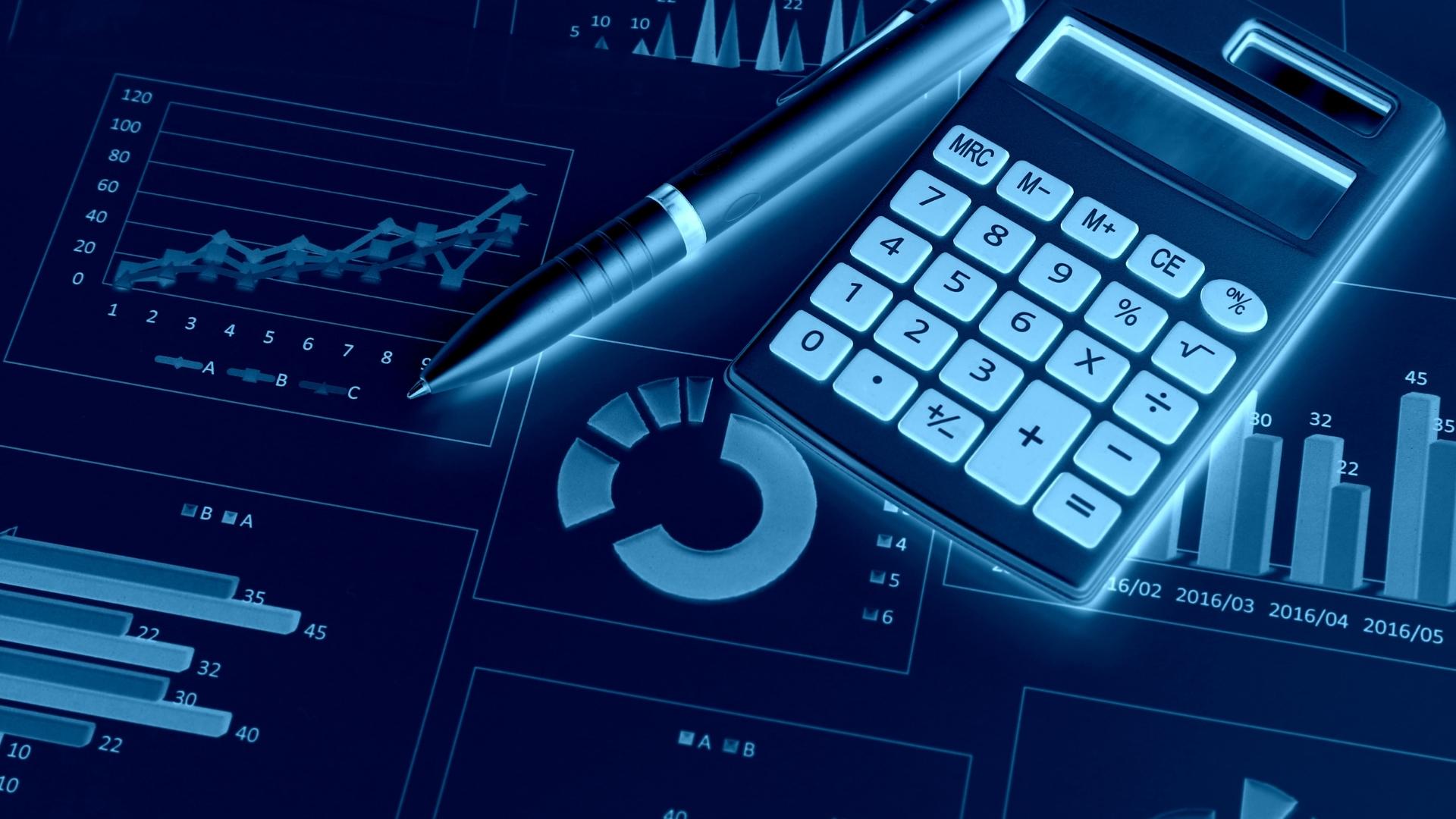Best AI Tools for Data Analysis: Top Platforms for Insights in 2025
As data continues to grow exponentially across industries, the need for intelligent analysis tools has never been more critical. Whether you’re a data scientist, business analyst, or small business owner, leveraging artificial intelligence can drastically improve how you gather insights and make decisions. In this article, we’ll explore the best AI tools for data analysis in 2025, including their features, benefits, and ideal use cases.
Why Use AI for Data Analysis?
Traditional data analysis methods often require time, coding knowledge, and specialized skills. AI tools simplify this process by automating tasks such as data cleaning, anomaly detection, predictive analytics, and data visualization. With machine learning algorithms, these platforms offer deeper insights, faster turnarounds, and improved accuracy—making them indispensable for data-driven decision-making.
1. IBM Watson Studio
IBM Watson Studio is one of the most robust platforms for AI-powered data analysis. It allows users to prepare data, build models, and visualize outcomes all within one ecosystem. Watson’s advanced natural language processing and machine learning capabilities make it a favorite among enterprises and research institutions.
Key Features:
- AutoAI for automating model development
- Collaborative tools for teams
- Support for Python, R, and Jupyter notebooks
Best for: Large organizations, advanced data teams
2. Microsoft Power BI with AI Capabilities
Microsoft Power BI continues to evolve with built-in AI features such as natural language query interpretation, key driver analysis, and automated insights. Its integration with Azure Machine Learning also enhances its capability for predictive analytics and custom modeling.
Key Features:
- AI visualizations like decomposition trees and Q&A
- Integration with Excel and Microsoft 365
- Drag-and-drop interface with strong reporting tools
Best for: Business analysts and enterprise users
3. Tableau with Einstein Analytics
Tableau has incorporated Salesforce’s Einstein AI engine to bring deeper machine learning insights to its data visualization platform. It enables advanced analytics such as trend predictions, clustering, and time series forecasting, making it one of the best AI tools for data analysis focused on visualization.
Key Features:
- AI-powered data stories and smart dashboards
- Predictive modeling and forecasting
- Seamless Salesforce integration
Best for: Data visualization and Salesforce users
4. DataRobot
DataRobot is a leader in enterprise AI platforms, offering automated machine learning (AutoML) tools that enable users to build, deploy, and monitor models efficiently. It supports end-to-end workflows from data ingestion to business-ready predictions.
Key Features:
- AutoML with model explainability
- Support for time series forecasting and deep learning
- Governance and compliance features
Best for: Enterprises and data scientists
5. MonkeyLearn
MonkeyLearn is a user-friendly AI tool for text analysis. It excels in processing qualitative data like customer feedback, support tickets, and surveys. With no-code functionality, it’s ideal for teams that need quick insights without writing a single line of code.
Key Features:
- Sentiment analysis, keyword extraction, and topic classification
- Custom model training
- Google Sheets and Zapier integrations
Best for: Customer experience teams and marketers
6. RapidMiner
RapidMiner is a data science platform that integrates machine learning, data preparation, and model deployment. It’s particularly popular in academic and research settings thanks to its visual workflow designer and ease of use.
Key Features:
- Drag-and-drop model building
- Over 1,500 machine learning algorithms
- Integration with Python and R
Best for: Researchers and analysts who want visual modeling
7. BigML
BigML focuses on accessible machine learning. It offers simple interfaces to create models such as decision trees, ensembles, and deepnets. Its interactive dashboards are useful for professionals who want to visualize and interpret AI results quickly.
Key Features:
- WhizzML for automation
- Time series and anomaly detection tools
- Scalable cloud-based infrastructure
Best for: Beginners to intermediate users in ML
8. Google Cloud AutoML
Google’s AutoML suite enables users to train high-quality models for structured data, vision, and language with minimal ML expertise. Its user-friendly interface combined with Google’s computational power makes it a strong choice for businesses of all sizes.
Key Features:
- AutoML Tables for structured data
- Natural Language and Vision APIs
- Cloud-native scalability
Best for: Developers and growing tech companies
How to Choose the Right AI Data Analysis Tool
When choosing among the best AI tools for data analysis, consider the following:
- Data Type: Is your data structured, unstructured, text-based, or time-series?
- Expertise: Do you prefer no-code interfaces or advanced scriptable platforms?
- Integration: Does the tool integrate with your current CRM, cloud services, or BI tools?
- Scalability: Will the tool grow with your data and usage demands?
- Budget: Some platforms are free or low-cost, while enterprise-grade tools come at a premium.
Conclusion
The world of data is expanding rapidly, and having the right tools to interpret it can make all the difference. From enterprise platforms like IBM Watson and DataRobot to user-friendly solutions like MonkeyLearn and Power BI, there’s something for every need and skill level. By leveraging the best AI tools for data analysis, organizations can unlock deeper insights, predict future trends, and make more confident, data-backed decisions. Try out the tools that align with your goals and workflow, and start transforming your data into actionable intelligence.




